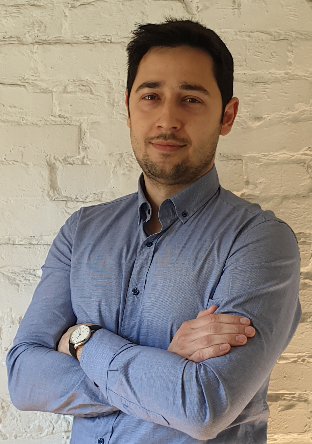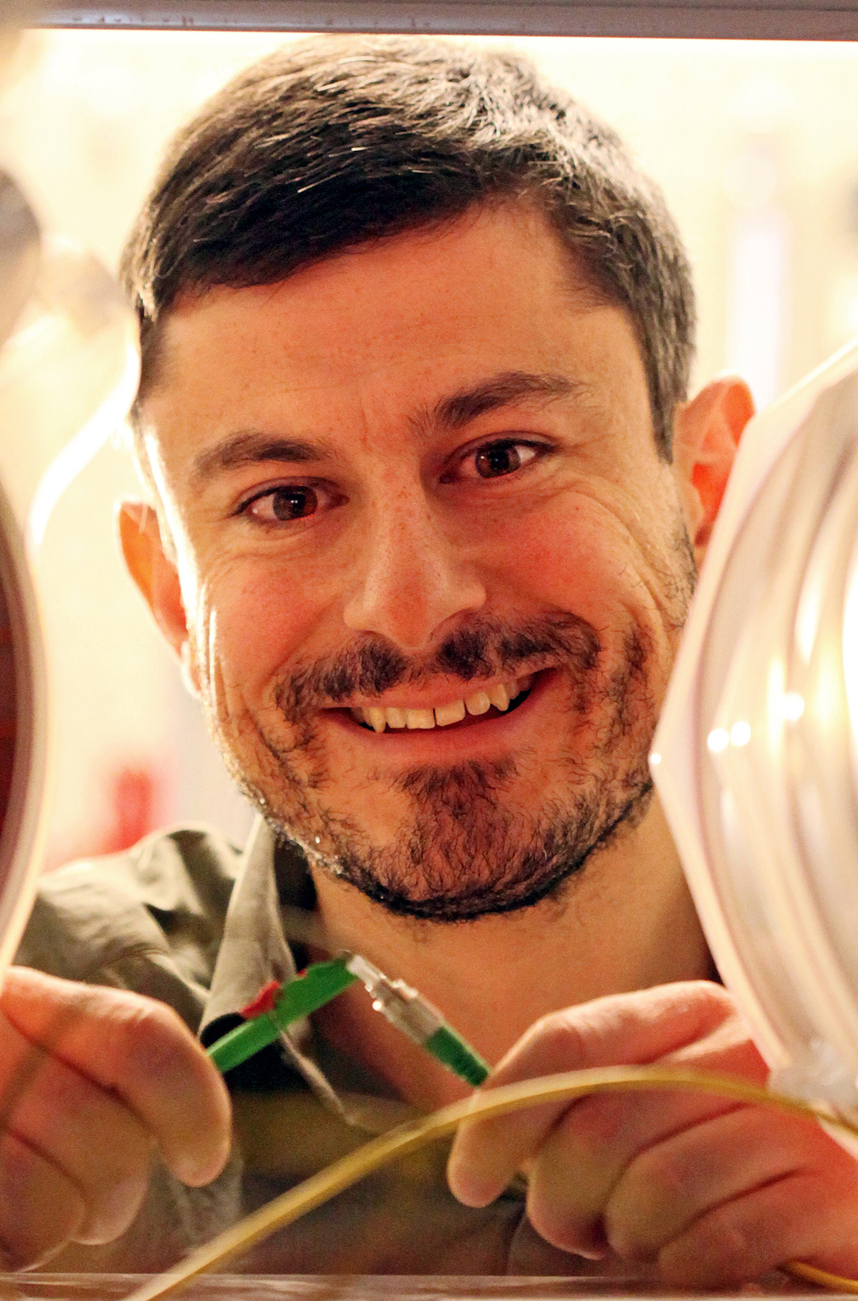 Nino Antulov-Fantulin is a senior researcher at ETH Zurich, COSS group and visiting research associate at Courant Institute of Mathematical Sciences, NYU. He works at the interface of complexity and data science. His main interests include dynamical processes on networks, predictive analytics for FinTech (cryptocurrency & blockchain markets), machine learning, social network analysis and Monte-Carlo algorithms. He is a co-founder and head of research at Aisot GmbH Zurich, which delivers real-time (crypto)financial predictive analytics signals. Prior to ETH Zurich, he worked at the Rudjer Boskovic Institute and Faculty of Electrical Engineering and Computing, Croatia and he was a visiting scientist at Robert Koch Institute, Berlin. He also works as Supervisor & Panel member of PhD Program in Data Science, Scuola Normale Superiore, Pisa. He worked on several EU projects: SoBigData — “Social Mining & Big Data Ecosystems”, Multiplex — “Foundational Research on MULTI-level comPLEX networks and systems”, FOC — “Forecasting Financial Crisis” and eLico — “An e-Laboratory for Interdisciplinary Collaborative Research in Data Mining and Data Intensive Science”.
Nino Antulov-Fantulin is a senior researcher at ETH Zurich, COSS group and visiting research associate at Courant Institute of Mathematical Sciences, NYU. He works at the interface of complexity and data science. His main interests include dynamical processes on networks, predictive analytics for FinTech (cryptocurrency & blockchain markets), machine learning, social network analysis and Monte-Carlo algorithms. He is a co-founder and head of research at Aisot GmbH Zurich, which delivers real-time (crypto)financial predictive analytics signals. Prior to ETH Zurich, he worked at the Rudjer Boskovic Institute and Faculty of Electrical Engineering and Computing, Croatia and he was a visiting scientist at Robert Koch Institute, Berlin. He also works as Supervisor & Panel member of PhD Program in Data Science, Scuola Normale Superiore, Pisa. He worked on several EU projects: SoBigData — “Social Mining & Big Data Ecosystems”, Multiplex — “Foundational Research on MULTI-level comPLEX networks and systems”, FOC — “Forecasting Financial Crisis” and eLico — “An e-Laboratory for Interdisciplinary Collaborative Research in Data Mining and Data Intensive Science”. Darko Zibar is Associate Professor at the Department of Photonics Engineering, Technical University of Denmark and the group leader of Machine Learning in Photonics Systems (M-LiPS) group. He received M.Sc. degree in telecommunication and the Ph.D. degree in optical communications from the Technical University of Denmark, in 2004 and 2007, respectively. He has been on several occasions (2006, 2008 and 2019) visiting researcher with the Optoelectronic Research Group led by Prof. John E. Bowers at the University of California, Santa Barbara, (UCSB). At UCSB, he has been working on topics ranging from analog and digital demodulation techniques for microwave photonic links, coherent detection to machine learning enabled ultra-sensitive laser phase noise measurements techniques. In 2009, he was a visiting researcher with Nokia-Siemens Networks, working on clock recovery techniques for 112 Gb/s polarization multiplexed optical communication systems. In 2018, he was visiting Professor with Optical Communication (Prof. Andrea Carena, OptCom) group, Dipartimento di Elettronica e Telecomunicazioni, Politecnico di Torino working on the topic of machine learning based Raman amplifier design. His resrearch efforts are currently focused on the application of machine learning technqiues to advance classical and quantum optical communication and measurement systems. Some of his major scientific contributions include: record-capacity hybrid optical-wireless link (2011), record-sensitive optical phase noise measurement technique that approaches the quantum limit (2019) and demonstration of first ultra-wide band programmable gain Raman amplifier (2019). He is a recipient of Best Student paper award at Microwave Photonics Conference (2006), Villum Young Investigator Programme (2012), Young Researcher Award by University of Erlangen-Nurnberg (2016) and European Research Council (ERC) Consolidator Grant (2017). Finally, he was a part of the team that won the HORIZON 2020 prize for breaking the optical transmission barriers (2016).
Darko Zibar is Associate Professor at the Department of Photonics Engineering, Technical University of Denmark and the group leader of Machine Learning in Photonics Systems (M-LiPS) group. He received M.Sc. degree in telecommunication and the Ph.D. degree in optical communications from the Technical University of Denmark, in 2004 and 2007, respectively. He has been on several occasions (2006, 2008 and 2019) visiting researcher with the Optoelectronic Research Group led by Prof. John E. Bowers at the University of California, Santa Barbara, (UCSB). At UCSB, he has been working on topics ranging from analog and digital demodulation techniques for microwave photonic links, coherent detection to machine learning enabled ultra-sensitive laser phase noise measurements techniques. In 2009, he was a visiting researcher with Nokia-Siemens Networks, working on clock recovery techniques for 112 Gb/s polarization multiplexed optical communication systems. In 2018, he was visiting Professor with Optical Communication (Prof. Andrea Carena, OptCom) group, Dipartimento di Elettronica e Telecomunicazioni, Politecnico di Torino working on the topic of machine learning based Raman amplifier design. His resrearch efforts are currently focused on the application of machine learning technqiues to advance classical and quantum optical communication and measurement systems. Some of his major scientific contributions include: record-capacity hybrid optical-wireless link (2011), record-sensitive optical phase noise measurement technique that approaches the quantum limit (2019) and demonstration of first ultra-wide band programmable gain Raman amplifier (2019). He is a recipient of Best Student paper award at Microwave Photonics Conference (2006), Villum Young Investigator Programme (2012), Young Researcher Award by University of Erlangen-Nurnberg (2016) and European Research Council (ERC) Consolidator Grant (2017). Finally, he was a part of the team that won the HORIZON 2020 prize for breaking the optical transmission barriers (2016).